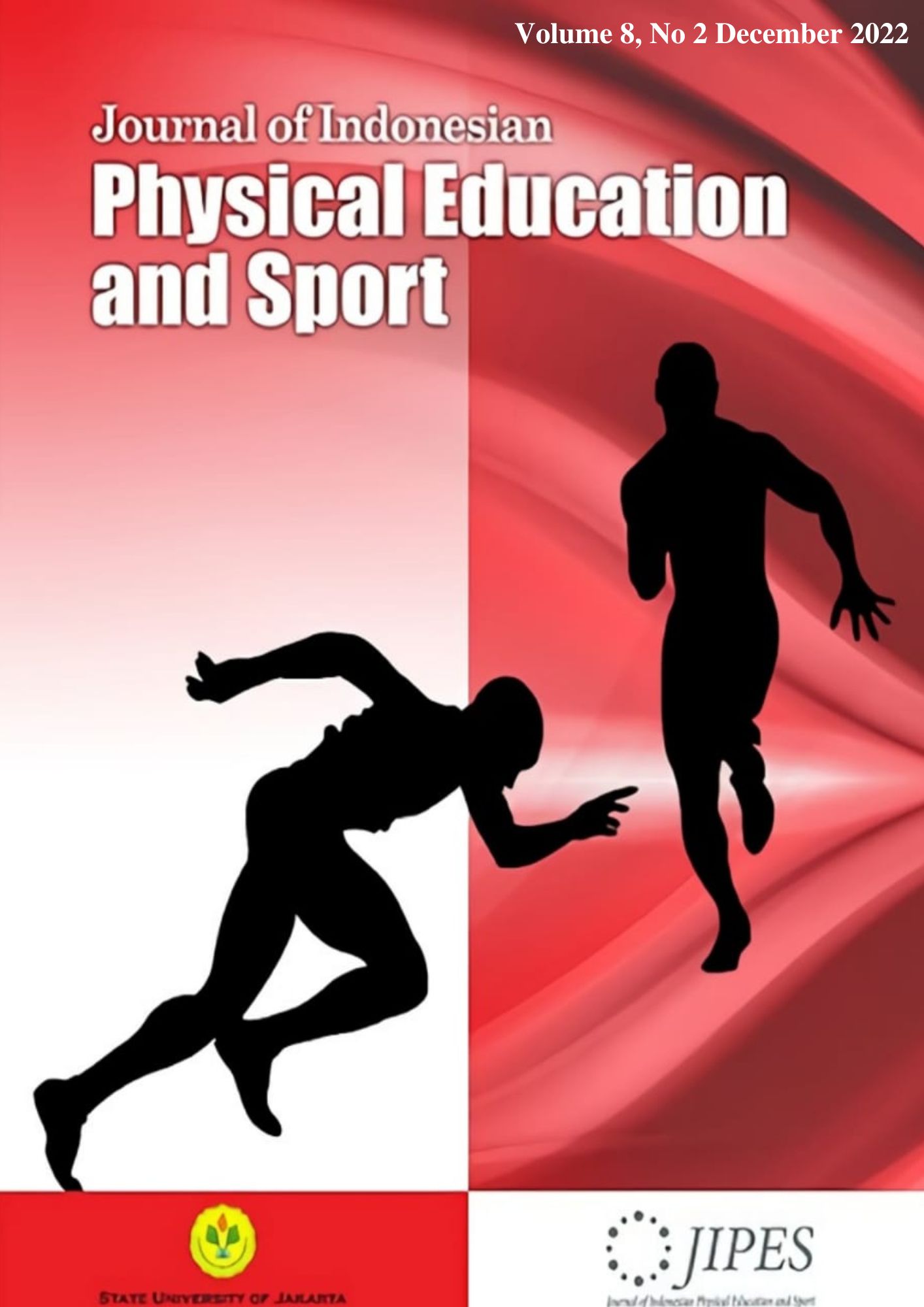Outdoor education toward personal & social responsibility and physical fitness level
DOI:
https://doi.org/10.21009/JIPES.082.04Keywords:
Outdoor Education, Personal & Social Responsibility, Physical Fitness LevelAbstract
The research aims to determine the impact of outdoor education activities on personal & social responsibility and physical fitness. The research method used was a Quasi-Experimental design Non-equivalent Control-Group design. The sample consisted of 40 students, then divided into two groups, the experimental group, and the control group. The instrument used was a questionnaire of Personal & Social Responsibility and a Bleep test. The analysis of the experimental group affects Personal & Social Responsibility and Physical Fitness. The results of analysis and calculation state that the Personal & Social Responsibility and physical fitness level experimental group increased compared to the control group and improving the physical fitness level of the experimental group increased by an average of 1.83 compared with the control group with an average of 0.055. In conclusion, the activity of Outdoor Education has increased the Personal & Social Responsibility and physical fitness of students.
References
Creswell JW. Research Design: Qualitative, Quantitative, and Mixed Methods Approachesn. 4th ed. SAGE , editor. University of Nebraska-Lincoln: SAGE; 2014.
Li W, Pickering M, Rukavina PB. Measuring Students ‘Perceptions of Personal and Social Responsibility and the Relationship to Intrinsic Motivation in urban Phisical Education. Journal of Teaching in Phisical Education. 2008.
Maksum A, et al. Pengembangan Model Pembelajaran Bagi Siswa di Tingkat Pendidikan Dasar. Lembaga Penelitian: IKIP Surabaya. 1996.
Mutohir CT, et al. Studi Identifikasi Model Pengajaran Pendidikan jasmani dan Kesehatan di Sekolah Dasar. Surabaya: IKIP, Lembaga Penelitian; 1996.
Neff P. Better Tomorrows. Girls’Adventure Trails. Dallas, Tex: Office of Youth Development (DHEW), Washington, D.C., Office of Youth Development (DHEW); 1975.
Rea T. Alternative visions of learning: children’s learning experiences in the outdoors. University of Plymouth; 2008.
Suntoda AS. Pedoman Dan Instrumen Praktikum Tes Dan Pengukuran Olahraga. Bandung: Universitas Pendidikan Indonesia, Fakultas Pendidikan Olahraga Dan Kesehatan; 2007.
Wuest D, Lombardo B. Curriculum and Instruction: The Secondary School Physical Education Experience. In St. Louis: Mosby-Year Book I. Curriculum and Instruction: The Secondary School Physical Education Experience.; 1994. p. 65.










 </a > a
</a > a 